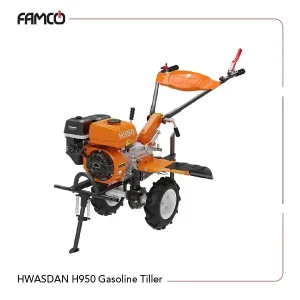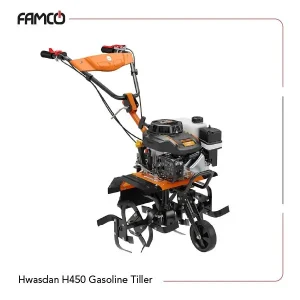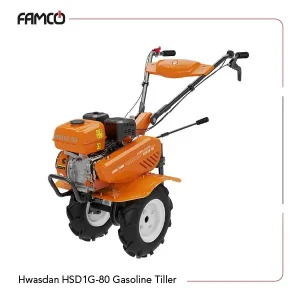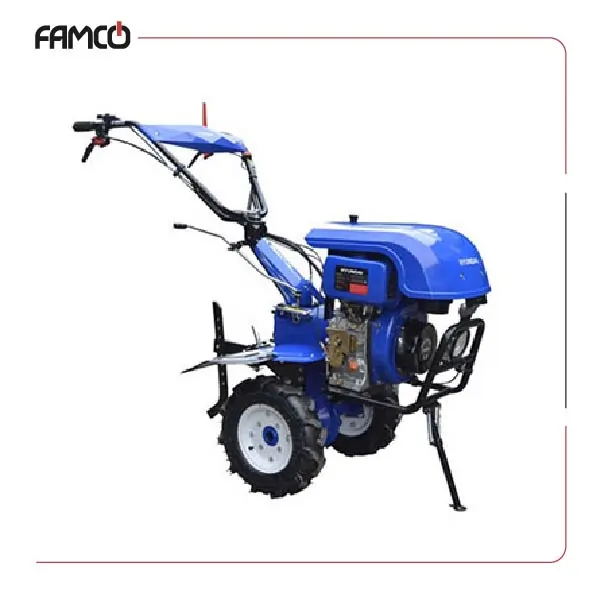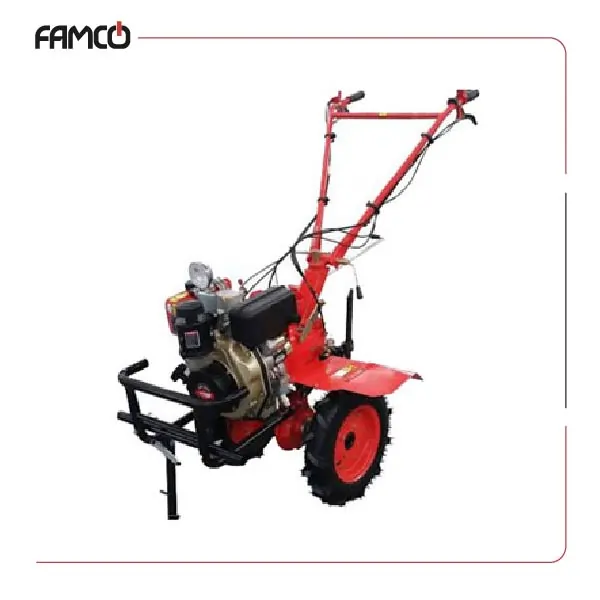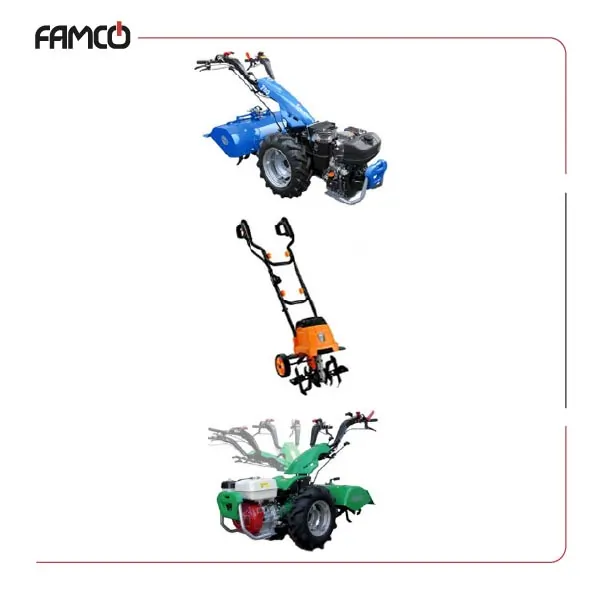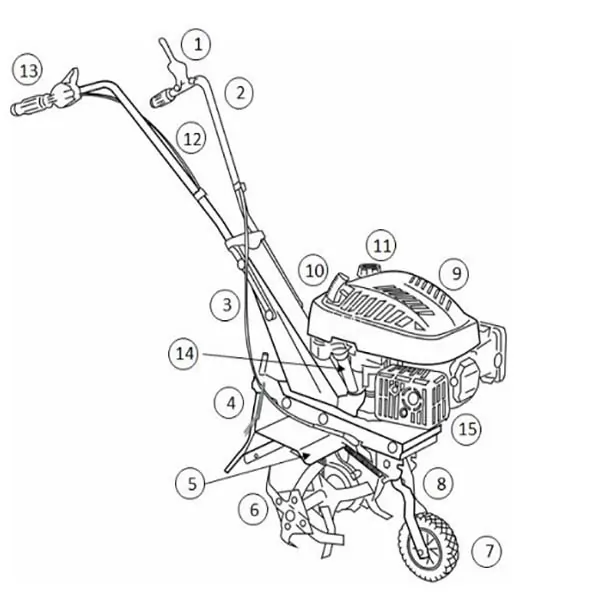Looking to prepare your soil efficiently for planting? A tiller is the tool for the job. Whether you’re managing a garden, farm, or landscaping project, choosing the right tiller can save time and effort.
What Is a Tiller?
A tiller is a powered agricultural tool used to break up and aerate soil, making it easier to plant seeds and ensure optimal soil conditions. It uses rotating blades (tines) to churn the earth, cutting through compact soil, weeds, and debris.
Types of Tillers
Tillers come in various forms, depending on size, power, fuel type, and starting method. Here’s how they’re categorized:
Tillers by Power Output
Tillers are available in a wide range of horsepower options, each suited for different needs:
- 3HP – 5HP: Ideal for small gardens or light-duty soil preparation.
- 6HP – 8HP: Suitable for medium-sized gardens and tougher soil conditions.
- 9HP – 13HP: Designed for heavy-duty farming and large-scale land preparation.
Tillers by Fuel Type
- Gasoline Tillers
This type of tillers is perated using regular gasoline. Gasoline tillers are easy to refuel and generally lightweight, more common and affordable. These are suitable for gardens, landscaping, and light to medium soil tilling.
- Diesel Tillers
Diesel tillers are powered by diesel engines and are more powerful and fuel-efficient. This type of tillers is used for long-term use and has lower running costs. Diesel tillers are perfect for commercial farms, large gardens, and heavy soil conditions.
Tillers by Starting Method
Tillers also differ in how they start:
- Manual Start (Recoil): Requires pulling a cord to start the engine. Reliable and affordable.
- Electric Start: Starts with a push of a button and it’s easy to operate, proper for those seeking convenience.
Tiller vs. Cultivator: What’s the Difference?
Both tools are used for soil preparation. A tiller is generally more powerful and used for breaking new ground, while a cultivator is lighter and meant for aerating and mixing already loosened soil. Think of a cultivator as a tool for maintaining soil, while a tiller is for preparing it.
Tiller Components
Understanding the main parts of a tiller helps in both usage and maintenance:
- Clutch Lever
- Handle
- Clutch Cable
- Tension Strip / Pull Rod
- Tiller Blade Guard / Cover
- Tiller Blades
- Wheels
- Fender / Mudguard
- Engine
- Recoil Starter Rope
- Fuel Tank Cap
- Throttle Cable
- Throttle Handle / Lever
- Oil Filler Cap
- Tiller Muffler / Exhaust
Tiller Maintenance and Repair
Proper care ensures your tiller performs well season after season:
- Regularly check and change engine oil
- Clean tines after each use
- Inspect and replace spark plugs as needed
- Keep the air filter clean
- Store in a dry place to prevent rust
If a problem arises, many issues (like hard starting or poor tilling performance) can be traced back to spark plug, fuel, or carburetor issues.
Factors to Consider When Buying a Tiller
Before purchasing, take these into account:
- Soil Type: Hard soil may require a higher HP model
- Garden Size: Larger areas demand more powerful tillers
- Fuel Preference: Choose between gasoline and diesel based on your needs
- Ease of Use: Consider electric start, adjustable handles, or wheel support
- Budget and Maintenance: Factor in cost of upkeep, fuel, and parts
When it comes to quality, performance, and reliability, Famcocorp stands out as the best supplier of tillers. With a wide range of options and expert support, you’re guaranteed to find the right tiller for your needs.
Let us help you make your land more productive with the perfect tiller from Famcocorp.

